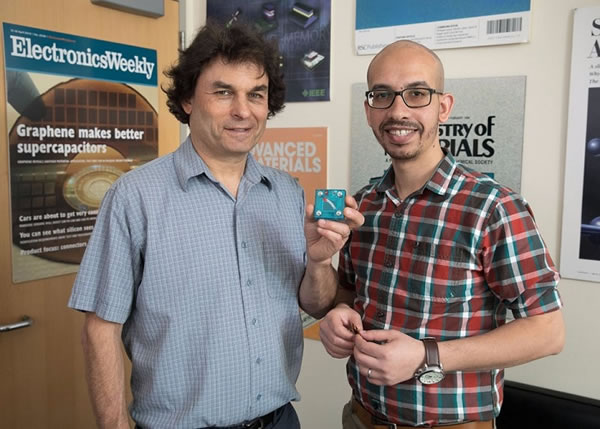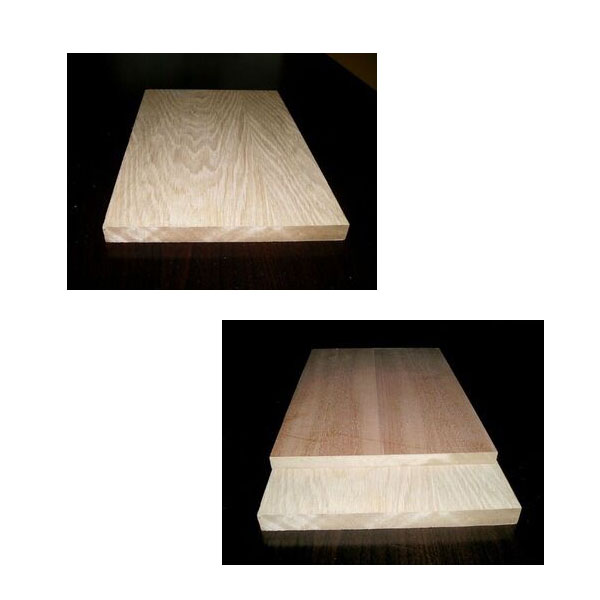Electric and hydrogen energy are considered to be the two magic weapons for the automobile to go green, but for universalization, there are barriers such as energy production costs, distribution and storage, and lack of large-scale infrastructure. The good news is that a research team at the University of California, Los Angeles (UCLA) has come up with a completely new solution - using "solar supercapacitors" to produce electricity and hydrogen energy at low cost. For consumers, this will greatly reduce the threshold for them to embrace clean transportation. The UCLA's device incorporates supercapacitors and hydrogen fuel cells and can rely on solar energy only. In addition to normal positive and negative electrodes, the device also has a "third electrode" that can store electrical energy or use it to electrolyze water into hydrogen and oxygen. In order to maximize the efficiency of the electrode, the team maximally designed its surface area in contact with water and reached the nanoscale. This increases the amount of hydrogen that can be produced by the system and the energy that the supercapacitor can store. Senior researcher Richard Kaner said: "People need energy to drive cars and they need electricity to drive their equipment. But now, you can use a single device to meet both needs." The hydrogen energy itself has been clean enough, but it is not necessarily so friendly to commercialize it. It is usually converted by natural gas, which not only results in a large amount of carbon dioxide emissions, but also is extremely costly. And with the help of renewable energy such as solar energy, it can be well resolved. It is worth mentioning that the UCLA team uses nickel, iron, cobalt and other raw materials, and its reserves are much richer than the precious metals such as platinum, which are widely used in the current industry. Kaner said: Hydrogen is a great fuel for cars. Its characteristics are well-known, clean and cheap. Apart from water, it does not emit any pollutants into the air. And our technology can greatly reduce the use of hydrogen energy vehicles. This new system will also help solve certain infrastructure problems. After all, if there are not enough hydrogen refueling stations, hydrogen energy vehicles will not be able to usher in rapid development. Details of this study have been published in the recently published Energy Storage Material journal.
Veneer Mdf board is mainly used for laminate floor, door sheet, partition, furniture, decoration of indoor&outdoor, office and home furniture, sould equipment, inside decoration of the car, antistatic floor of computer room, panel, security door, wall board etc, and also used for the package and the basic material of laminate Wood Flooring .
Veneer MDF Board is easily for coating finishing, every coating, oil paint are also on the surface of Veneer MDF , is the fist choice as the basic material of painting effects.Veneer MDF is one kind of beautiful material of decoration. Smooth and flat surface, fine texture, steady property. All kinds of venner, gummed paper, light metal plate, melamine paper etc, is also can on the surface of the Plain Mdf . Plain MDF is made from acoustical board after drilling, is used in construction decorative progress, such as meeting room, displaying room, office etc. And we have Veneer UV MDF and Sapele Veneered MDF.
LULI Group Corp. Ltd, well known as the leading manufacturer for wooden, steel and paper products, located in Shouguang, Weifang, Shandong, China. Since the foundation in 1985, it focus on the production of Plywood , venner,MDF board, Particle board, Door skin , Blockboard , Finger Joint Board, OSB , paper, Steel etc.
Veneer Mdf Details:
size:1220*2440MM 1830*3660MM 1830*2440MM 915&610*3660MM 1220*2800MM 1525*2440MM
THICKNESS:2MM-35MM
MATERIAL:POPLAR, COMBINE, PINE
GLUE:E0, E1, E2, FIRE-PROOF
CERTIFICATION:CARB, FSC, CE, SON CAP
Veneer Mdf Veneer Mdf,Veneer MDF Pegboard,Veneer UV MDF,Sapele Veneered MDF Luli Group Co.,Ltd. , https://www.cnluli.com
The device developed by UCLA can reduce the cost of hydrogen fuel and electricity needed for electric vehicles. 
This device can produce electricity and hydrogen fuel at the same time. 